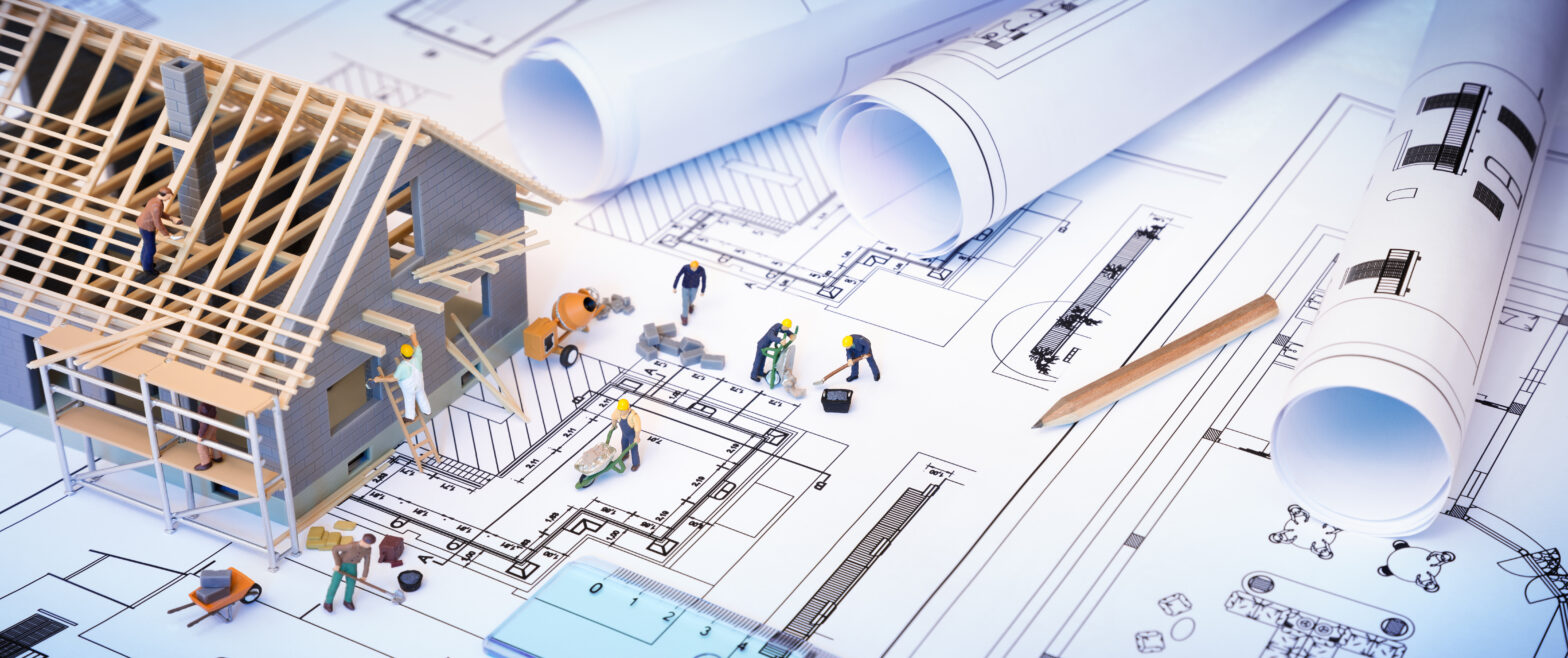The property industry is one of a number of industries that is being disrupted by technology.
Technological progress presents stagnating industries with an opportunity to reinvigorate business and extend a friendly, more convenient hand, to the consumer.
The property tech (prop-tech) space is growing, with a range of technologies creating diverse and transformative opportunities.
This article will focus on virtual reality (VR) and 3D printing.
Virtual reality
Virtual reality is perhaps the most common technology being utilised by the property industry, specifically to market properties.
This trend is seen by buyers who want to view properties on the other side of the world. It allows them to do this without leaving their house, or country.
The use of VR in real estate is already a $1 billion global industry, and Goldman Sachs estimates this figure could treble by 2020.
>See also: Buyers and sellers: the property game goes digital
Australian startup, StartVR, is currently offering real estate VR viewings, while Sotheby’s International
Realty has started showing properties in Los Angeles using Samsung’s Gear VR last year.
Similarly, in China the use of virtual reality in the property industry presents an opportunity to a a growing Chinese overseas investment market.
In 2012, investments reached around $5.6 billion, but in the first half of 2016 investments have reached $10.7 billion, according to Knight Frank research.
VR industry research company Greenlight Insights China managing director Eddie Lou said by 2020 the use of virtual reality in the property industry will be the norm.
“A lot of big real estate companies in China right now are either experimenting or using,” he told the South China Morning Post by phone from Beijing.
>See also: Jargon busting the confusing world of intellectual property
The tech could save real estate companies money because there would be no need for a physical showroom by virtually realising current and future properties for customers.
All they’d need is a VR headset.
“It’s still fake, but it can give you a very immersive experience to actually see what it looks like. That experience is completely different from looking at pictures,” he said. “It sounds futuristic but it is now, it is here.”
3D printing
Last year, a firm in China built 10 houses in a span of 24 hours using a proprietary 3D printer.
The cost and time-consuming nature of housing development – you only have to look at the housing crisis in London – is a major issue facing current and future homeowners.
This technology could stem and reverse this negative trend, by building houses at an alarmingly fast and tailored rate.
>See also: Is tech opening up international property to a wider audience of investors?
These houses require much less man power to build and present huge cost savings.
Indeed, according to the company behind the 3D project, WinSun, the whole saves between 30 and 60% of construction waste, and can decrease production times by between 50 and 70%, and labour costs by between 50 and 80%.
It is evident from this industry example that technology is and will continue to transform a range of industries







